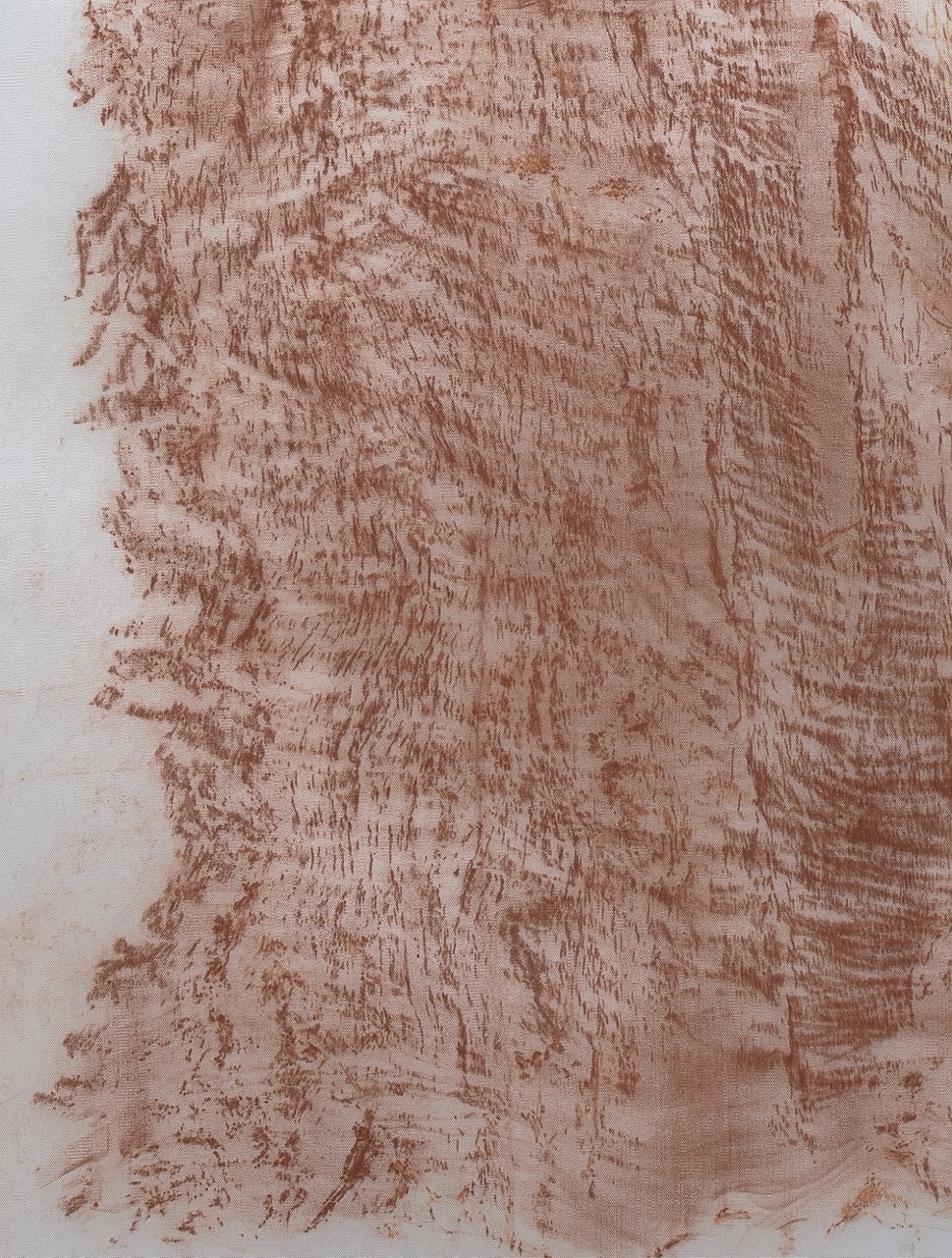Bara Gali
34.10000°N, 73.35000°E
During walks in the forest from 2019–2022, I kept encountering young trees that were already dead or slowly dying surrounded by other healthy trees. I puzzled as to what could be the cause of this. A fatal disease? Bad luck? A specific kind of rot? I began to look for answers, and found more questions by the end.
In the aftermath of heavy floods in Pakistan during the 1990s, all commercial activities in the forest were banned. After 2001, a policy was instated permitting the removal of “dead, dry, and diseased” trees for local villagers to use as firewood. This created an allowance for a dead tree to be logged. In the face of this logic, driven by biting cold winters, a last recourse to survival would be wagered. Residents from nearby towns would take axes to the trunk of a living tree, stripping off bits of bark from its trunk, cutting off the movement of vital nutrients so as to starve, and dry out the tree, and inevitably kill it. Once the tree started to dry out and die, it could be logged as a dead tree, as something legally removable...
That policy of concession to local villagers no longer exists. Now, nothing can be taken from the forest, dead or alive.
Yet, traces of that practice linger on, reminders of this act of antagonistic species survival.
I became interested in this phenomenon as I started to think of it as something more complex than the destruction of a tree.
I recall, a few years ago, when I first heard of someone killing a tree: I recoiled in horror, and shock was palpable in waves across my body. Why would someone plot to kill a tree? ...


I spent two days with two trees, studying them closely: the arrival and departure of light became events that made visible to my eyes the grooves, indents, spider webs, lines of insects that moved and shape-shifted, deepened hues of reddish-brown bark, now turning muddy, now mahogany. I saw burnt bark that looked like cinder glistening beneath the midday sun, and I was permitted to glimpse pain, and life. Feeling the bark beneath the thin silken fabric that separated my hands from tree bark, even as they were busy over the trunk was a new way of learning its textures, its grain, and the splinters left behind by the encounter with the axe. I circled each tree, sat on the earth next to it, moved around its roots, felt the trunk beneath my fingers, gnarled, rough, unyielding and yielding, and as I pressed in, it left its imprints on my palms. The smooth parts were tricky, left behind by the axe; I could dislodge a splinter, and carry the violence with me, raw and chafed.
The trees passed on their encounters to me with a blunt axe, sharpened by need.
I leave you to imagine, and uncover the rest.
This text has been excerpted from forA issue #1: Frictions. To read the full essay, and see more of the artist’s work, purchase the journal here: https://birkhauser.com/books/9783035628517
Hira Nabi is a Pakistani artist and filmmaker who uses her practice to think through vulnerable ecologies, extraction, conditions of labor, care, memories and hauntings, colonial legacies, modernity, and temporality. In her work, witnessing is an act charged with radical possibility, and one that holds immense potential for collective responsibility and love. How To Love A Tree (2019–ongoing) is a meditation on collapsing ecologies, gradual withdrawal, and the inevitable disappearance of worlds as multi-species environments. It is set in the towns and surrounding forests of Murree and the Galiyat, former colonial hill stations, in Pakistan. The work emerges from an intimate engagement with the environment, while also examining extraction as a through line between colonialism and modernity. She asks: “What does disappearance look like? What spectral traces does it leave behind? How can we care for one another as humans and beyond-human life forms?”